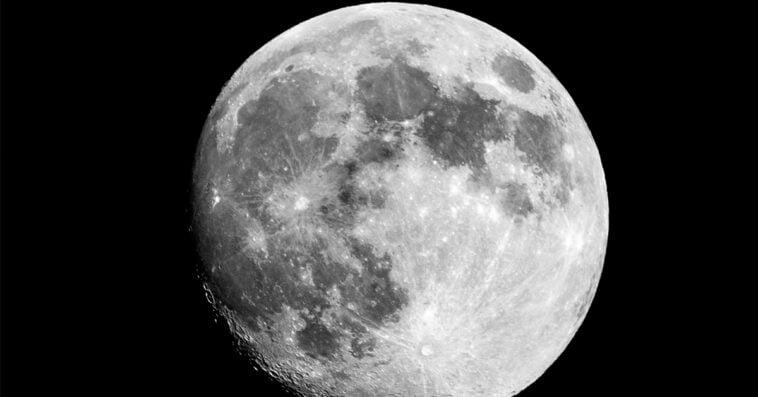It sounds like a sci-fi plot, but it’s a cold, hard scientific fact: our closest cosmic neighbor, the moon, is slowly moving farther from Earth. Is this a big deal? And if so, how does it affect life here on our planet? Keep reading to learn more about this phenomenon and the fascinating reason behind it.
The changing distance between the moon and Earth
According to an article by astrophysics researcher Steve DiKerby, the moon isn’t standing still; it’s slowly inching away from us. Each year, it drifts about 1.5 inches (3.8 centimeters) farther from Earth.
But it’s worth pointing out that even within a single month, that distance changes as the moon travels around our planet. On average, the moon sits about 239,000 miles (385,000 kilometers) away, but its orbit isn’t perfectly round — it stretches and shrinks by roughly 12,000 miles (20,000 kilometers). That’s why some full moons appear noticeably larger and brighter in the sky — those extra-big ones are what we call supermoons.
Why the moon is slowly drifting away from Earth each year
It all comes down to the tides.
The moon’s gravity pulls on Earth, and because one side of the planet is closer to the moon than the other, the pull isn’t equal everywhere. This uneven tug creates two bulges in our oceans, one on the side facing the moon and another on the opposite side. As Earth spins, these bulges move around, following the moon’s position in the sky. That’s what causes high and low tides. In cities like New York or Los Angeles, the difference in water level can reach about five feet.
But here’s the twist: those bulges don’t line up perfectly with the moon. Earth’s rotation causes them to lean slightly ahead, and that tiny lead makes a big difference. The gravitational pull from those bulges gives the moon a small forward “nudge,” speeding it up just a little. When the moon speeds up, it drifts into a slightly wider orbit, moving a bit farther away from Earth each year.
It’s a slow process, but over millions of years, that gentle push adds up.
Will the moon ever break free from Earth’s gravity?
You might wonder — if the moon keeps drifting away, will it ever break free from Earth’s gravity? The short answer: no, not anytime soon.
If we could skip ahead tens of billions of years, Earth’s spin would eventually slow down enough to match the moon’s orbit. At that point, both would become “tidally locked,” meaning one side of Earth would always face the moon, just like how we only ever see one side of the moon now. When that happens, the moon would stop moving farther away.
But that future will never actually happen. In about a billion years, the Sun will grow hotter and brighter, likely boiling away Earth’s oceans. Without oceans, there would be no tides to keep pushing the moon outward. And a few billion years after that, the Sun will swell into a red giant, engulfing and destroying both Earth and the moon entirely.
So while it’s fascinating to imagine, you don’t have to worry. The moon won’t be going anywhere for a very, very long time.
What the moon’s slow drift means for life on Earth
In simple terms, as the moon moves farther out, it picks up a bit more speed and momentum in its orbit — kind of like swinging a ball on a string. The longer the string, the harder the ball pulls.
But there’s a catch: the energy that pushes the moon outward comes from Earth itself. As our planet transfers some of its momentum to the moon, Earth’s rotation slows down ever so slightly. That means our days are getting a tiny bit longer — though not enough for anyone to notice.
Source: Space.com

